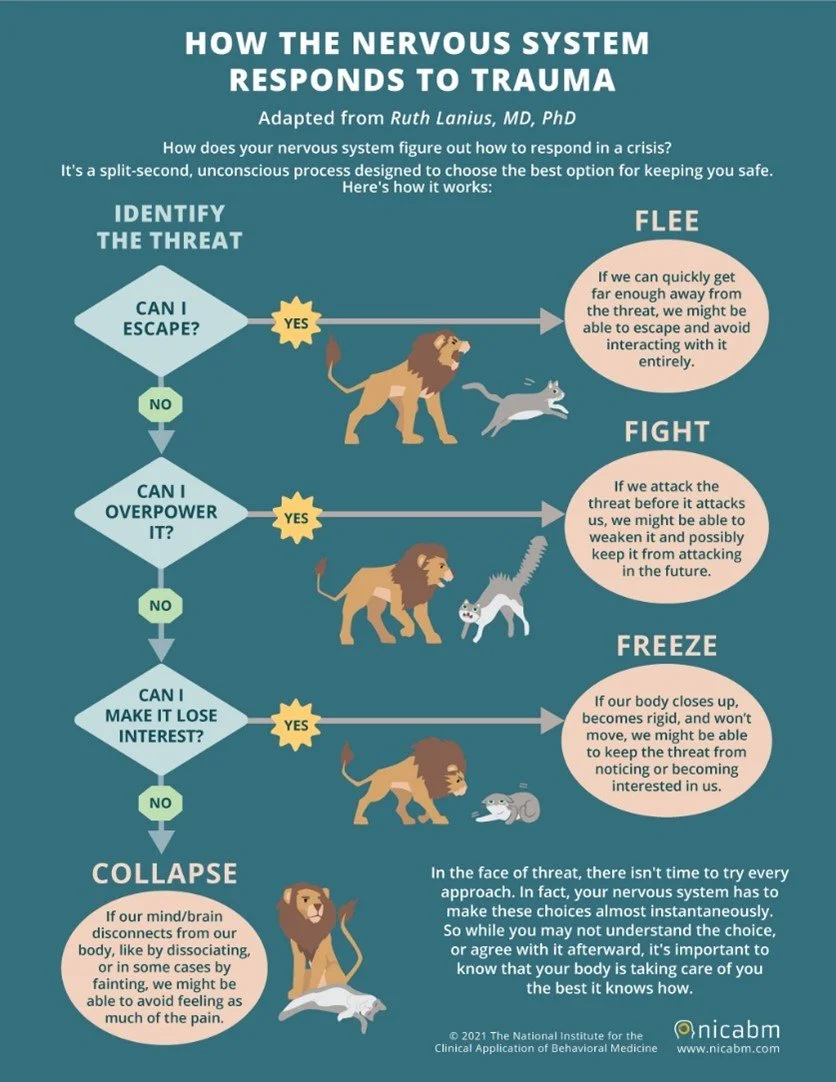Somatic therapy
Here at Sirona Health, we believe that conventional medicine has a disconnect between the mind and body, which ancient healers embraced.
Somatic therapy is a body-centered therapy that looks at the connection of the mind and body. The 1970s saw the start of work in this area enter ‘conventional’ medicine, with Thomas Hanna, Peter Levine and Ron Kutz all doing research. Pat Ogden then developed this further in the 1980s and 1990s, and Bessel van der Kolk published new work “The Body Keeps The Score” in 2015.
What is trauma?
Trauma is more than stress, and what proves traumatic to one person may not be traumatic to another. It is about your individual perception of the threat. This will depend on many factors like your genetics, your previous history of trauma, your support systems. Trauma does not have to stem from a major catastrophic event, it can be from a series of more minor events.
The premise of unhealed trauma is the mismatch that can occur in our bodies between our rudimentary reptilian system which has not evolved for millions of years, and our human brain which has only recently evolved.
When we experience trauma, our reptilian system is activated and should go through a cycle from fight/flight/freeze to restoration of calm.
You can however become trapped within this cycle. This appears to be particularly the case if your response to trauma is ‘freeze’ or ‘collapse’. We often see the freeze/collapse trauma response in child abuse, domestic abuse and rape, but it can occur in many other different traumatic experiences.
Trauma may result in classical symptoms of post-traumatic stress disorder, but can also undermine your self-esteem, self-confidence, feelings of well-being and connection to life.
It is believed that this trauma is then held inside the body and can cause symptoms like chronic pain. Indeed, there has been shown to be a relationship between chronic pelvic pain conditions and previous trauma.
In virtually every spiritual tradition suffering is seen as a doorway to awakening. To heal we must confront our pain, discover why we are suffering, believe that our suffering can be healed, and take steps towards healing.
Somatic therapy
In somatic therapy various techniques are used to ground you back into your body, take notice of bodily sensations, and use movement to reactivate the fight and flight response to ‘discharge’ the trauma.
Depending on the severity of the impact of your trauma you may need professional support. But there are things you can do to help yourself:
· Mindfulness
· Practicing rhythm, chanting & movement through dance, singing or theatre
· Sensory integration



